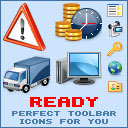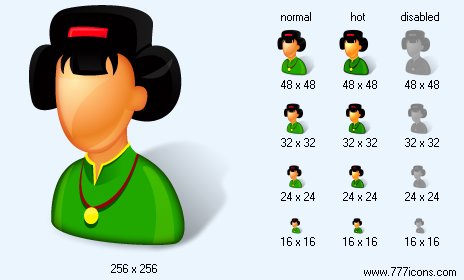


|
| ||||||||
|
|
Asian Female Boss Icon |
|
Image sizes: 256x256, 48x48, 32x32, 24x24, 16x16
File formats: BMP, GIF, PNG, ICO
Icons and Icon Libraries
Sib Icon Studio offers a simple way to create and manage icon collections, design, edit and modify images.Are you a Web designer creating icons for the Web, or simply collecting application images? Sib Icon Studio offers a quick way to create and organize your collection, perform necessary touch-ups and modifications to the icons.
No serious collector of icons should go without Sib Icon Studio. Start creating new collections of icons and animated cursors by running Sib Icon Studio to extract icons from Windows and third-party applications and executable files, DLL libraries and animated cursor files. A new library will be created automatically – you’ll obtain thousands of icons in a matter of minutes! You can launch or extend your library by downloading icons from the Internet or searching for icons in folders.
Wish you could replace a particular product’s icon? Got a better image for a program in system tray? Sib Icon Studio helps you modify icons contained inside of applications, allowing you to edit, replace or delete icons in your favorite applications. You can also use Instant Icons in your programs. Sib Icon Studio helps you manage your icon collections by conveniently organizing images, static and animated cursors, image lists and entire icon collections. Browse, search and navigate through your collections of icons as if they were simple folders with icons.
Need an icon for a Web site or a software project right away? Editing an existing icon is often the fastest way to get what you need. Icon Studio fits the bill perfectly! Featuring just the required tools for touch-up editing, Sib Icon Studio has everything needed to modify colors and pixels, draw lines and figures, apply gradients and add transparency and alpha-channel to any image without becoming overly complex.
Drawing your graphics from the scratch? Sib Icon Studio will help you get started quickly, without a huge investment or steep learning curve involved. Everything you require to design a perfect icon is here, and everything else is not, resulting in a compact, light and blazingly fast pixel-level editor tailored for creating and editing small-footprint graphics. This icon editor is downloadable at www.sibcode.com.
Copyright © 2006-2022 Aha-Soft. All rights reserved.
|

